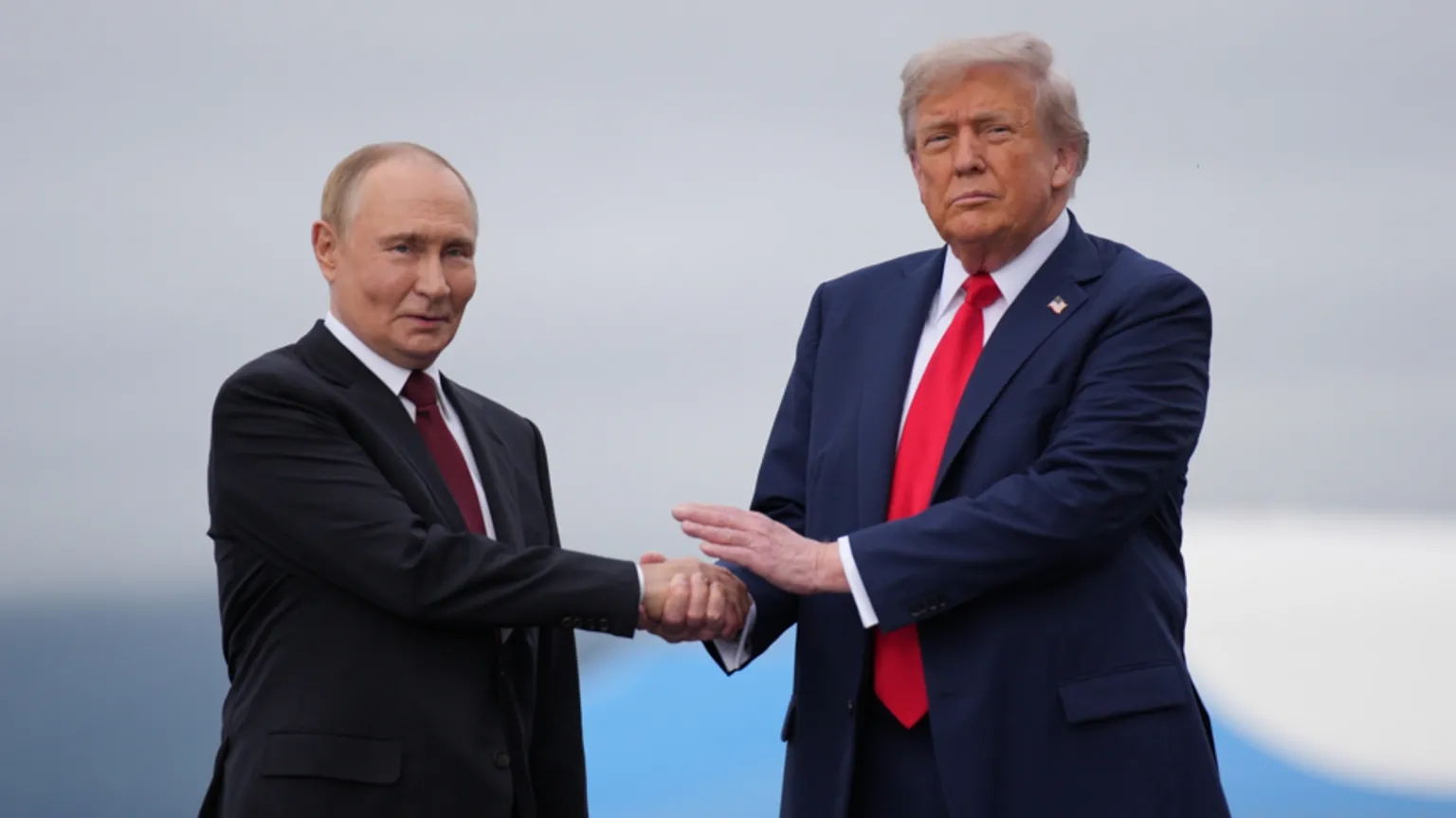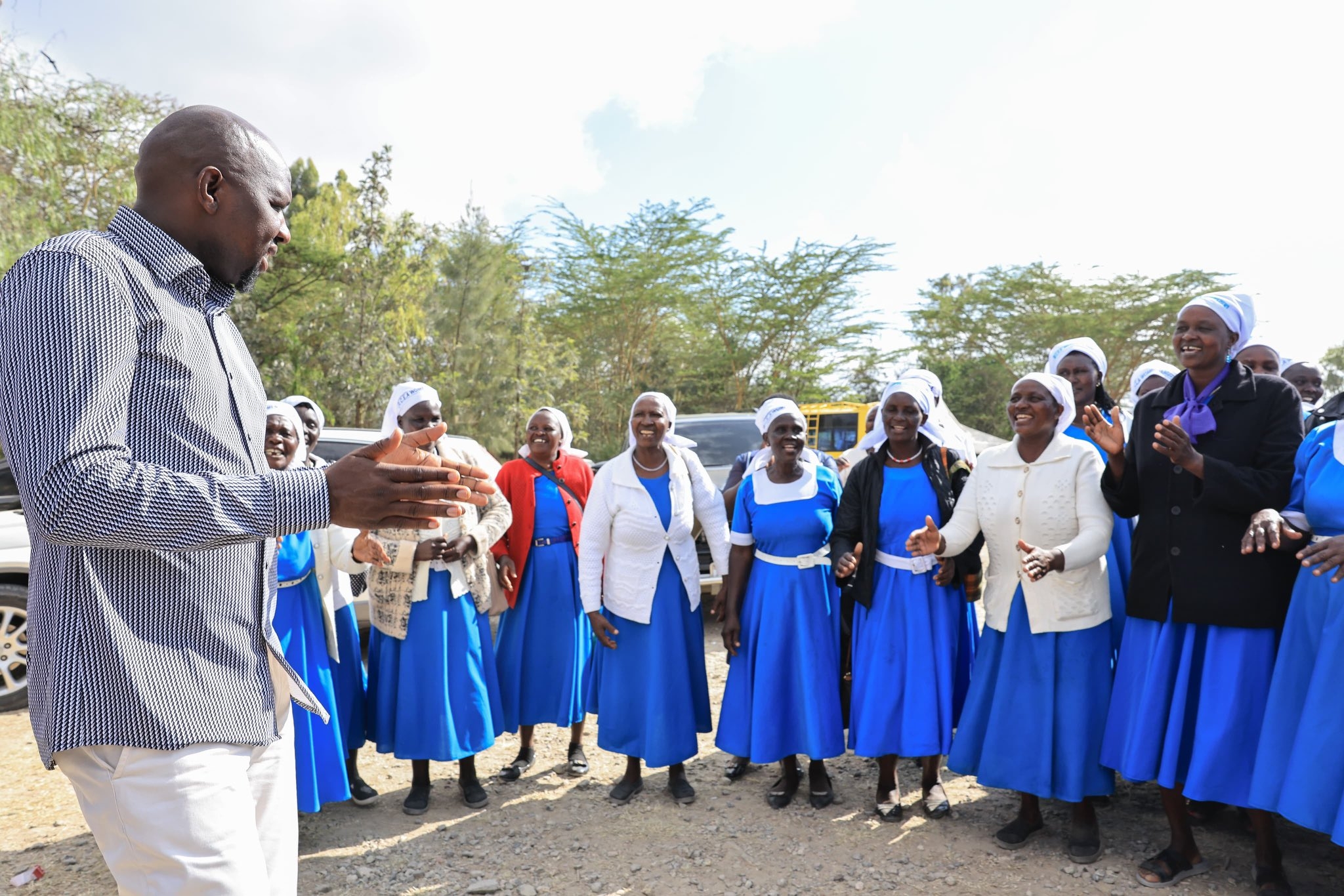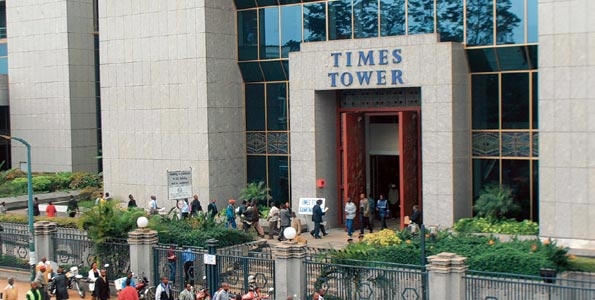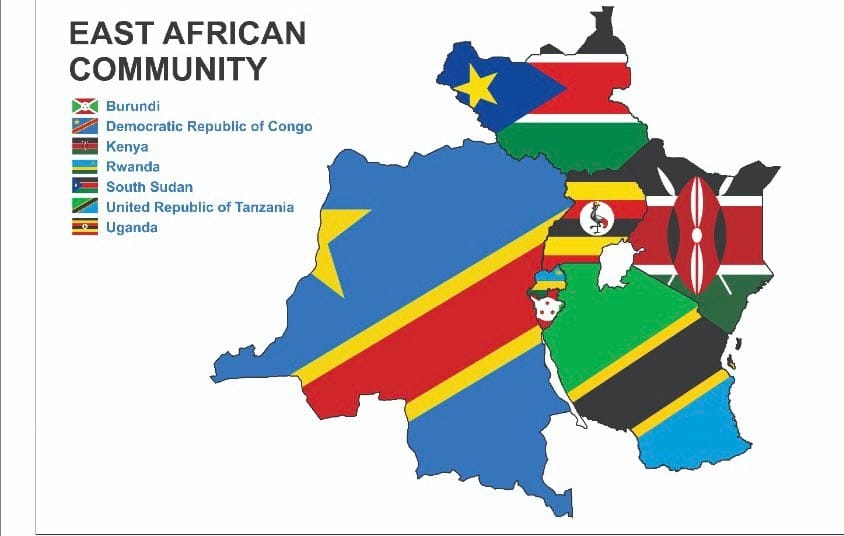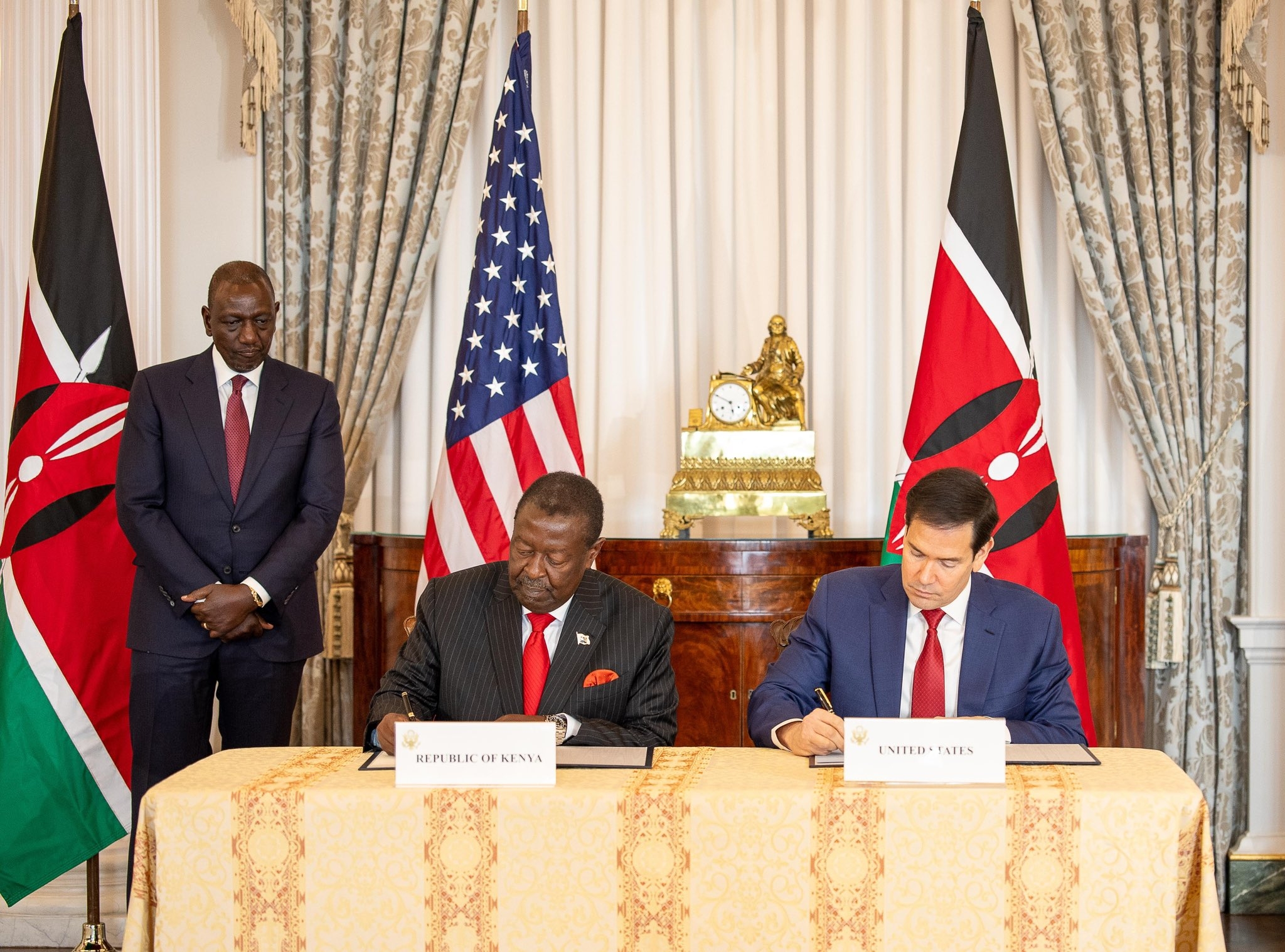President Ruto's state visit to the US has largely been seen as a success, attracting many compliments, especially because of the hefty financial outlay rolled out.
Different sectors are poised to receive millions of dollars, including funding for democracy, governance, human rights, security, poverty eradication and digital technology.
Significant to note is that the only amount that directly went into climate-related ventures is an allocation of $1 million (Sh133 million), which is meant for enhancing Kenya’s carbon markets.
Given the current situation in the country, where climate change-related effects have been terrorising Kenyans, there is a need to put more funding into mitigation and adaptation.
Going by the recent floods in many parts of the country, which killed at least 200 people, destroyed property worth millions and displaced thousands, there must be a deliberate effort to allocate resources for strengthening early warning and early action systems to curb the adverse effects of climate change.
The floods also caused massive destruction of land meant for agriculture, leading to crop failure and loss of livestock, thus, increasing food insecurity and poverty.
Given the historical drought periods and their frequency, without proper planning, it wouldn’t be new to see massive livestock deaths because of drought, especially within arid and semi-arid areas.
Further, there would be a dire need for food and water for livestock and people. Besides this, other critical sectors will be affected, including education and health. This would yet again expose Kenya’s vulnerability to disaster.
Part of the deals should have addressed loss and damage resulting from climate impacts. Last year during the United Nations Climate Change Conference of the Parties, COP28, delegates agreed to establish a loss and damage fund to support vulnerable countries deal with the effects of climate change.
Germany pledged $100 million, the European Union committed $245.39 million, Britain promised “at least $51 million", Japan $10 million while the United States agreed to give $17.5 million.
Since the United States has been at the forefront in advocating socioeconomic development in most African countries, there was a need to engage them further for these loss and damage funds, which will help alleviate suffering and strengthen Kenya’s resilience.
As the timelines get closer for many frameworks, including the SDGs, the Paris Agreement on Climate change, and Kenya’s Vision 2030, there must be a deliberate effort to ensure that the targets have been made. As revealed by different reports, the world is far off track in curbing the use of fossil fuels and lowering greenhouse gas emissions, which are responsible for climate change.
President Ruto’s visit presented a great opportunity to discuss the urgency and need for climate action, orchestrating an allocation of more funding for it.
It would have also sparked global discussions on the role of developed countries and their need to urgently redeem their pledges toward climate action as these resources would enable vulnerable countries to recover and adapt. As climate change-related effects intensify, all leaders must seize all opportunities to advocate greater funding.



